Teeth
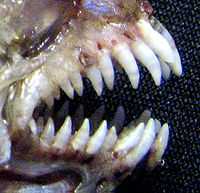
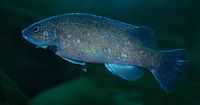
Teeth are found in the mouths of humans and many other animals. The word teeth is the plural of the word tooth. Teeth are of various shapes, sizes and lengths.
Normally adult humans have 32 teeth in their mouth which help chew food.
Teeth have a natural coating which is called enamel.
Necessary care needs be excercised while cleaning or brushing them. Teeth in good condition have aesthetic appeal that attracts and pleases viewers.
Theoretical teeth
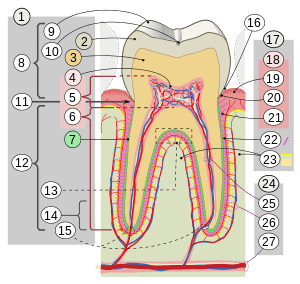
17. Periodontium
:18. Gingiva: ::19. free or interdental ::20. marginal ::21. alveolar :22. Periodontal ligament :23. Alveolar bone 24. Vessels and nerves: :25. dental :26. periodontal :27. alveolar through alveolar canals. Credit: Jmarchn.
Def. a "hard, calcareous structure present in the mouth of many vertebrate animals, generally used for eating"[1] is called a tooth.
Visuals
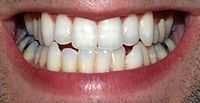
"Teeth of humans are small, calcified, hard, whitish structures found in the mouth. They function in [mastication] mechanically breaking down items of food by cutting and crushing them in preparation for swallowing and digestion. The roots of teeth are embedded in the maxilla (upper jaw) or the mandible (lower jaw) and are covered by [gingiva] gums. Teeth are made of multiple tissues of varying density and hardness."[2]
Prehistory
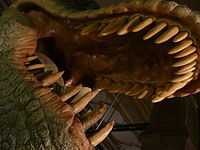
Teeth are a common fossil that occurs in many strata in the history of rocks on Earth.
The prehistory period dates from around 7 x 106 b2k to about 7,000 b2k.
Original research
- See also: Original research inquiry and Research
Hypothesis:
- The teeth of Tyrannosaurus rex come from the same gene as those of the sea perch, Tautogolabrus adspersus.
- See also: Control groups and Proof of concept
See also
References
- ↑ "tooth, In: Wiktionary". San Francisco, California: Wikimedia Foundation, Inc. June 11, 2014. Retrieved 2014-07-01.
- ↑ "Human tooth, In: Wikipedia". San Francisco, California: Wikimedia Foundation, Inc. May 28, 2013. Retrieved 2013-06-21.
External links
| |||||||||||||||||||||||||||||||||||
![]() This is a research project at http://en.wikiversity.org
This is a research project at http://en.wikiversity.org
| |
Educational level: this is a research resource. |
| |
Resource type: this resource is an article. |
| |
Resource type: this resource contains a lecture or lecture notes. |
| |
Subject classification: this is a genetics resource. |